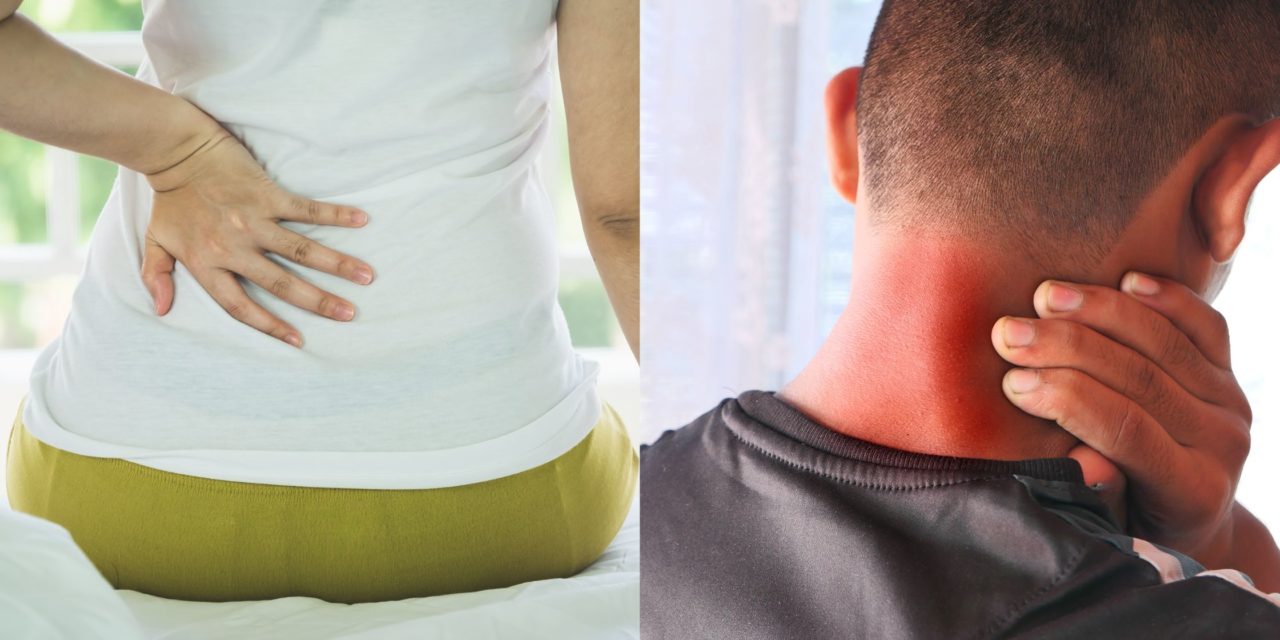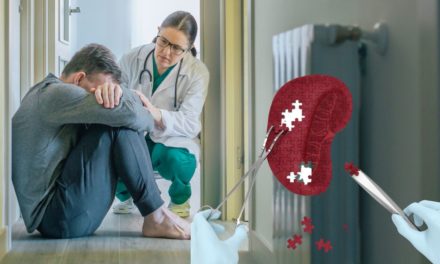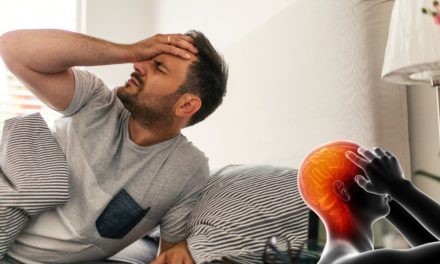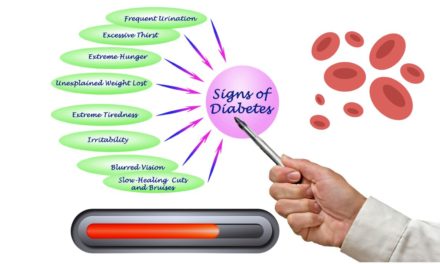Effective strategies to relieve knee and back pain
Introduction:
Knee and back pain can significantly affect one’s quality of life, limiting mobility and causing discomfort. These types of pain are common and can be caused by a variety of factors, including injury, aging, poor posture, and underlying medical conditions. Although it is important to consult with a healthcare professional to diagnose and address the underlying cause of the pain, there are several strategies you can implement to help reduce knee and back pain. In this article, we’ll explore effective techniques and lifestyle adjustments that can provide relief and promote long-term recovery.
1. Exercise and physical therapy:
Engaging in specific exercises and physical therapy for knee and back pain can be extremely beneficial. Strengthening the muscles around the affected areas can provide support and stability while reducing stress on the joints and spine. Low-impact exercises such as swimming, cycling and walking can help maintain flexibility and strengthen muscles without putting undue stress on the knees and back. Working with a physical therapist or certified trainer can ensure that you are performing the exercises correctly and safely.
2. Maintain a healthy weight:
Excess weight can put significant stress on the knees and back, increasing pain and discomfort. By maintaining a healthy weight through a balanced diet and regular exercise, you can reduce the strain on these joints. A combination of cardiovascular exercises and strength training can help with weight management, as well as improve overall muscle tone and joint stability.
3. Practice proper posture and ergonomics:
Maintaining proper posture throughout the day is critical to preventing and reducing knee and back pain. When sitting, make sure your feet are flat on the ground, your back is supported, and your knees are at a comfortable 90-degree angle. Additionally, using ergonomic furniture and equipment, such as a supportive chair and an adjustable desk, can help maintain good posture and reduce stress on your joints.
4. Apply hot and cold therapy:
Hot and cold therapy can provide temporary relief from knee and back pain. Applying a cold pack or ice wrapped in a thin cloth to the affected area for 15-20 minutes can help reduce inflammation and numb pain. Heat therapy, such as a warm compress or hot water bottle, can improve circulation, relax muscles, and reduce stiffness. Alternating between hot and cold therapy may be particularly effective for some individuals.
5. Mind and Body Techniques:
Mind-body techniques, such as yoga, tai chi, and meditation, can contribute to pain management by reducing stress and improving overall health. These exercises help strengthen the body, increase flexibility and promote relaxation, thereby reducing knee and back pain. Yoga, in particular, focuses on gentle stretching and strengthening exercises that target the core, back and leg muscles, providing relief for those experiencing pain.
6. Adequate rest and sleep:
Rest and sleep play an important role in the body’s healing process. It is important to give your body enough time to recover and repair itself. Make sure you have a comfortable mattress and pillow that supports the natural alignment of your spine while you sleep. Finding the right sleeping position, such as on your back or side with a pillow between your knees, can also reduce stress on the knees and back.
7. Consider Pain Relief Options:
In some cases, over-the-counter pain medications or topical creams can provide temporary relief from knee and back pain. However, it is important to consult a healthcare professional before using any medication or considering stronger prescription options.
Result:
Knee and back pain can be debilitating, but with the right strategies and lifestyle adjustments, you can reduce discomfort and improve your quality of life. These include incorporating regular exercise, maintaining a healthy weight, practicing proper posture, using hot and cold therapy, exploring mind-body techniques, prioritizing restful sleep, and considering pain relief options. All can help in effectively managing knee and back pain. Remember, it’s important to consult with a healthcare professional to determine the underlying cause of the pain and develop a comprehensive treatment plan tailored to your specific needs. By taking proactive steps, you can regain rest, mobility and enjoy an active lifestyle.










